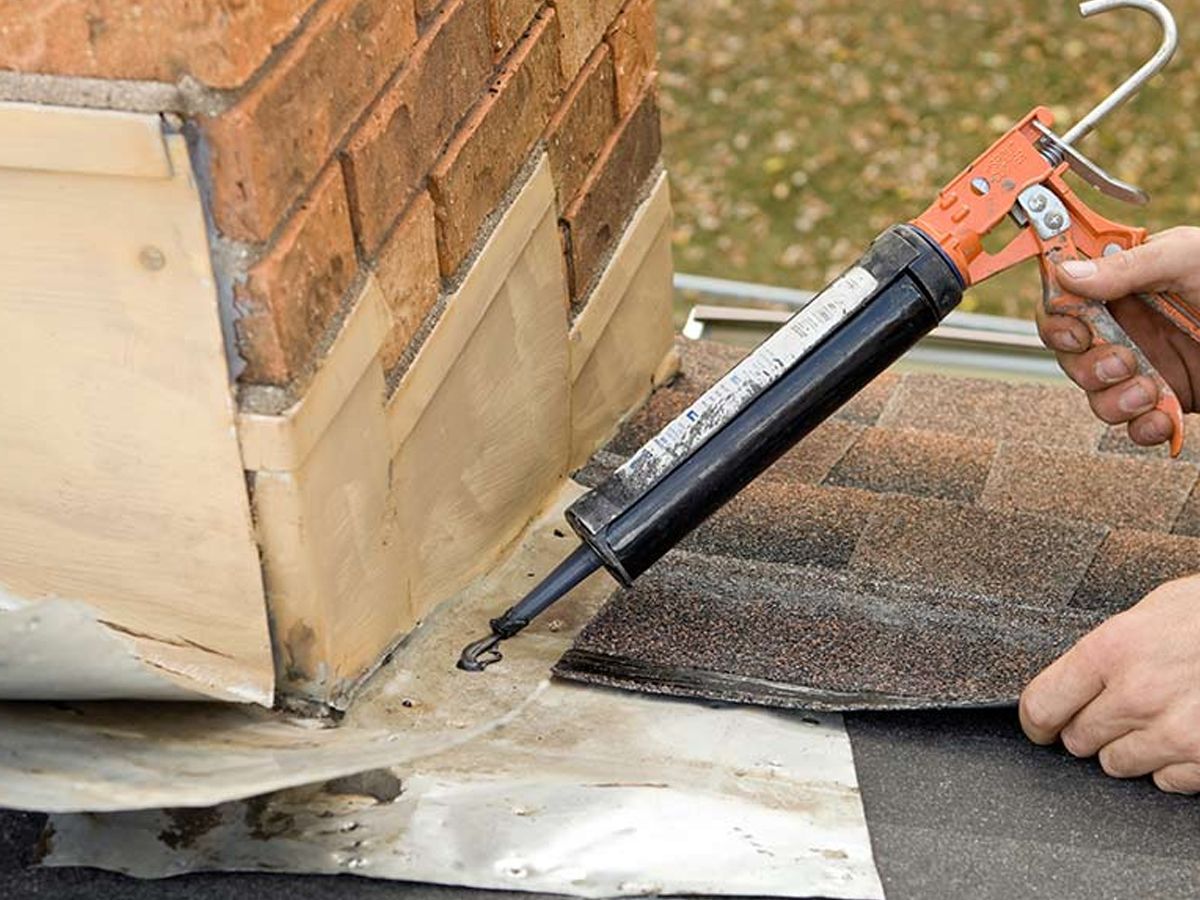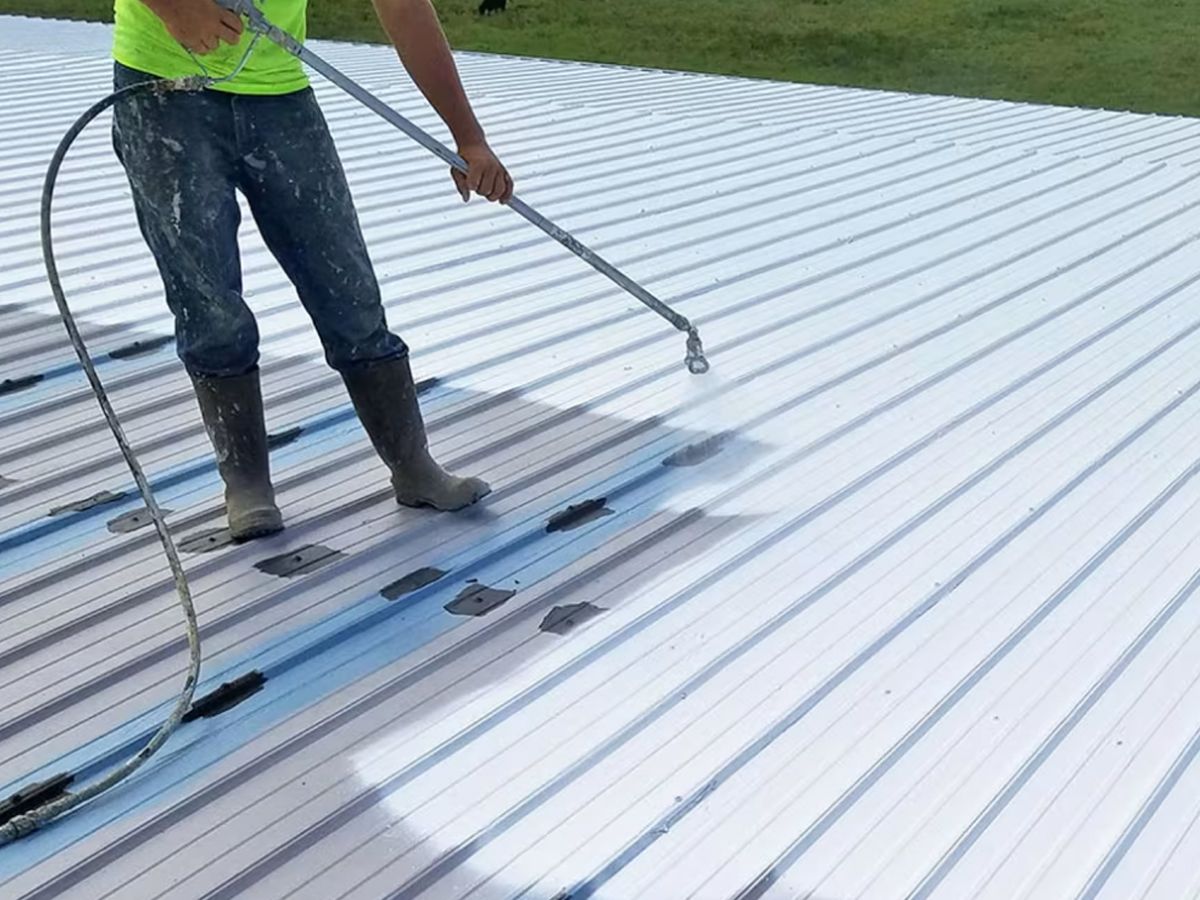About The Author
ANCHOR POINT ROOFING
Water leaking from your ceiling can be a homeowner’s worst nightmare. The first sign of a ceiling leak often leads to a mix of panic and frustration. In this blog post, we will explore the various aspects of dealing with a ceiling leak, from:
- What it could mean to possible causes
- Repair steps
- Insurance coverage
- The costs involved
WHAT WATER LEAKING FROM YOUR CEILING COULD MEAN

When you notice water dripping from your ceiling, it’s crucial to understand that this is not just a cosmetic issue. It’s a symptom of an underlying problem that can range from minor inconveniences to serious structural damage. Here are some potential meanings behind that unwelcome drip:
- Roof Damage: If the leak is happening during or after rain, it could be indicative of roof damage. This may involve missing shingles, damaged flashing, or even structural issues with your roof.
- Plumbing Problems: Water leaks can also occur due to plumbing issues within your home. Burst pipes, damaged seals, or leaking fixtures can all contribute to water seeping through your ceiling.
- Condensation: In some cases, water droplets forming on your ceiling might not be due to a leak but rather condensation. Poor insulation or ventilation can cause moisture buildup on ceilings.
- HVAC Malfunctions: Faulty air conditioning units or heating systems can lead to condensation or water buildup that ultimately results in ceiling leaks.
POSSIBLE CAUSES OF A CEILING LEAK
To effectively address a ceiling leak, it’s essential to identify its root cause. Here are some common causes to consider:
- Roof Issues: As mentioned earlier, damaged or deteriorating roofs are a common culprit. Missing or damaged shingles, worn-out flashing, or clogged gutters can lead to water infiltration.
- Plumbing Problems: Leaky pipes, damaged seals, and faulty fixtures can cause water to seep through the ceiling. Identifying the source of the plumbing issue is crucial for repairs.
- Condensation: If your ceiling leaks only during specific weather conditions, it might be due to condensation. Proper insulation and ventilation can help mitigate this problem.
- HVAC Problems: Malfunctioning heating, ventilation, or air conditioning systems can cause moisture buildup and subsequent ceiling leaks.
5 STEPS TO REPAIR THE DAMAGE
Once you’ve identified the cause of the ceiling leak, it’s time to take action to repair the damage. Here are the general steps involved in addressing a ceiling leak:
1. IDENTIFY AND ADDRESS THE SOURCE:
Determine whether the leak is due to roof damage, plumbing issues, or other factors. Address the root cause first to prevent further damage.
2. TEMPORARY FIX:
If the leak is severe, consider placing buckets or towels to collect the dripping water. This will help minimize immediate damage to your home’s interior.
3. CALL A PROFESSIONAL:
Roofing contractors, plumbers, or HVAC specialists should be called in to assess and repair the issue. DIY repairs are not recommended for complex problems.
4. REPAIR AND RESTORATION:
After fixing the source of the leak, assess the damage to your ceiling. This may involve repairing drywall, repainting, or even replacing damaged sections.
5. PREVENT FUTURE LEAKS:
Take steps to prevent future leaks. This might include regular roof inspections, plumbing maintenance, or improving insulation and ventilation.
WILL INSURANCE COVER ROOF LEAK REPAIRS?
One common concern when dealing with ceiling leaks is whether your homeowner’s insurance will cover the repairs. The answer depends on several factors:
CAUSE OF THE LEAK:
Insurance policies typically cover damage caused by sudden and accidental events. If the leak is due to a covered peril, such as a storm or a burst pipe, your insurance is more likely to provide coverage.
THE COST OF ROOF REPAIRS
The cost of repairing a leaking ceiling can vary widely depending on the cause and extent of the damage. Here are some cost considerations:
- Roof Repairs: Repairing a damaged roof can range from a few hundred dollars for minor repairs to several thousand dollars for major structural issues. Roof replacement is generally more expensive.
- Plumbing Repairs: Fixing plumbing-related ceiling leaks depends on the complexity of the issue. Pipe replacement or sealing leaks can cost anywhere from a hundred to several thousand dollars.
- Interior Repairs: Restoring the interior of your home, including drywall repair and repainting, can cost anywhere from a few hundred to a couple of thousand dollars.
- Insurance Coverage: If your insurance covers the repairs, you may still be responsible for the deductible. However, this can significantly reduce your out-of-pocket expenses.
LET US FIND THE SOURCE OF THE LEAK!

Water leaking from your ceiling is a problem that should not be ignored. It’s essential to promptly identify the cause, take appropriate steps to address the issue, and consider the potential coverage your insurance may provide.
Need reliable help fast? Anchor Point is the team to call! Contact us today to set up your roof inspection.





